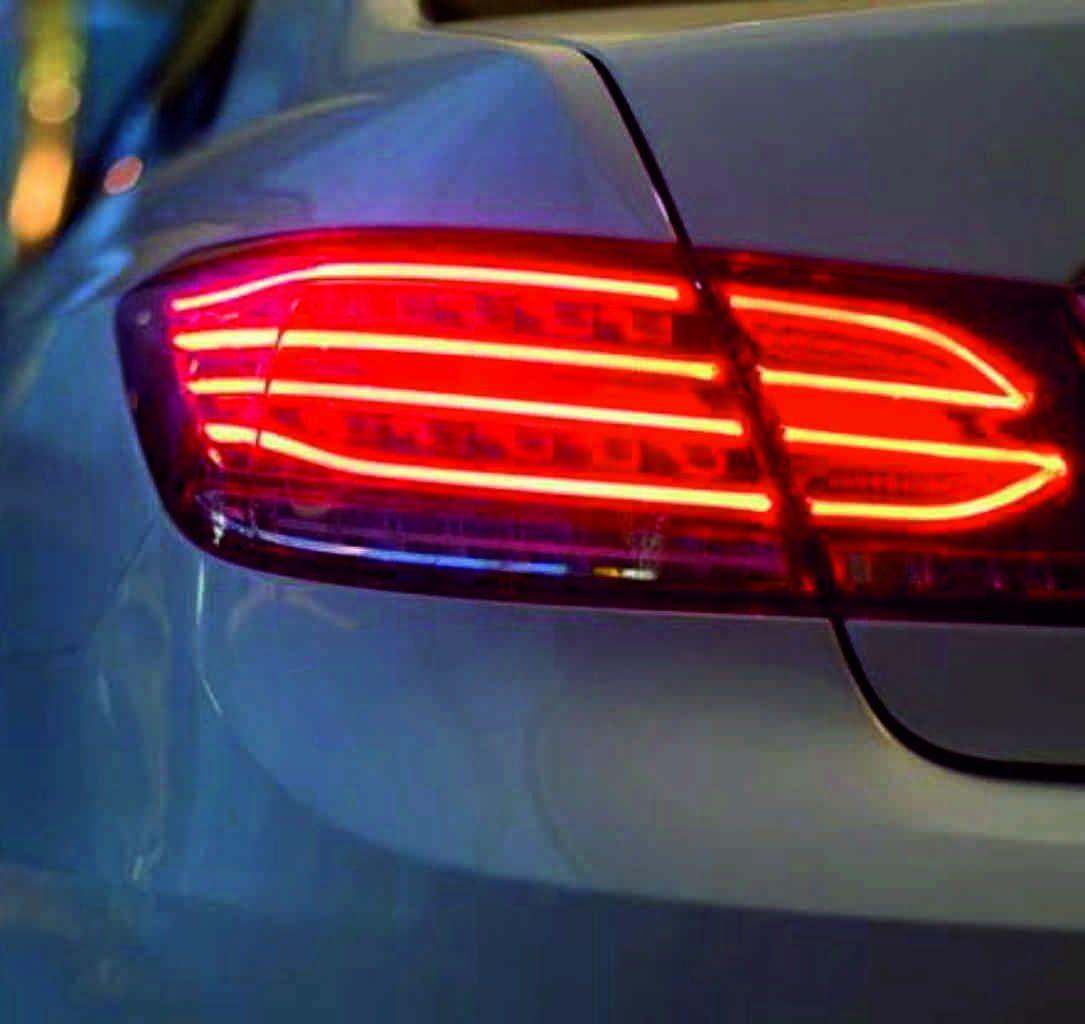We use cookies to make your experience better. To comply with the new e-Privacy directive, we need to ask for your consent to set the cookies. Learn more.
How to Remove Old Taillight Film Safely and Efficiently
Taillight film is a flexible, adhesive material that is used to alter the appearance of vehicle taillights. It is often used to make vehicles look more sleek by darkening or tinting their rear lights. As well as improving the look of your transportation, taillight film can also act as a barrier between your lights and the outdoor environment, shielding them from scratches and other damage, making them a desirable addition to have.
However, you may decide, after a while, that you want to remove your old taillight film, whether it’s because you want to swap it for a different shade or just to return your lights to their standard look. Or maybe your current wrap is showing signs of reaching the end of its lifespan and is desperately begging for a replacement. No matter the reason, it’s important to remove this film safely and effectively in order to keep your taillights looking as good as new, and you can achieve this with just a few simple steps. Read on to find out what they are, along with the signs that your film may need removing.
When to Remove Your Taillight Film
If you’re not sure when you should remove your taillight film, then here are some signs to watch out for:
- Fading: the film starts to lose its colour.
- Peeling edges: the film shows signs of peeling around the corners.
- Bubbles: visible air bubbles that are trapped under the film.
- Personal preference: maybe you just want to change the appearance of your taillights.
Tools for Taillight Film Removal
Before starting, make sure you gather all the necessary tools needed for a smooth and damage-free process:
- Heat gun or hairdryer: these instruments soften the adhesive, making the film easier to peel off.
- Scraper: specialised scrapers can rapidly remove films and residue from glass.
- Adhesive remover: adhesive remover helps dissolve leftover residue.
- Microfibre cloths: microfibre cloths help wipe the surfaces clean.
- Soap water and spray bottle: this is useful for cleaning the taillight once the film is off.
Step-by-Step Guide
Step 1 – Soften the Adhesive with Heat
The adhesive holding the film in place can be quite strong, so applying heat is the first course of action. This softens the glue and helps make the film easier to remove. Use a heat gun or hairdryer 6-8 inches away from the taillight and on a low heat setting to avoid melting or warping. Also, be sure to work in small areas, such as one corner, to avoid letting the adhesive cool before peeling.
Step 2 – Peel Off the Taillight Film
After the adhesive is softened, you can start removing the film. Starting at a corner or edge, use a scraper to lift it up gently. Then, peel back the film in slow and small movements, as pulling too fast may cause the film to tear or leave more adhesive behind. If the film sticks or resists pulling, just apply a bit more heat, and that should do the trick!
Step 3 – Remove Leftover Adhesive
Once you have removed the film, you may spot some leftover sticky residue on the taillight’s surface. Cleaning it is a very simple process, however. Simply apply an adhesive remover, spraying it directly onto the sticky areas and then letting it soak in for a minute to break down the glue. After you have waited, gently scrub with a microfibre cloth in a circular motion until all the residue is gone. Check for any missed spots and repeat the process if needed.
Step 4 – Clean the Taillight Surface
With the adhesive now gone, it is best practice to give the taillight a quick clean. Spray soapy water onto the surface and dry it with another clean microfibre cloth.
Bonus Tips
Here are a couple of extra tips to make the process as smooth as possible and to help you overcome any potential obstacles. With these extra bits of advice, you can set out fully prepared and remove your taillight film with confidence:
- Take your time: rushing the process makes it more likely to tear the film and leave behind more residue, so it’s best to take it slow and practice gentle peeling.
- Use specialised removal tools: use tools that are specially designed for film removal, as these can avoid damaging the taillight’s surface.
- Don’t worry about stubborn adhesive: if you are struggling to remove the adhesive, then slightly increase the heat being applied or let the remover soak in a little longer.
Driving the Message Home
It doesn’t have to be a complex process when removing old taillight films. By softening the adhesive with heat, peeling carefully, and cleaning away leftover residue, you can restore your rear lights to their original condition or leave them ready for a replacement.
Taillight Triumphs with App Tape
Once you’ve followed these simple steps, you’ll now have your standard taillights back. This might be the look you wanted, or you may now be on the hunt for a new film to revitalise the look of your transport and defend it against flying debris whilst on the road.
No matter what your reasons are for needing wrap for your rear lights, you’ve stopped off at the right place to get some. Here at ATC, you will find premium taillight film that is extremely conformable and can be fitted to the most obscurely shaped lights with ease. Our offerings also come in a variety of shades, allowing your rear lights to adopt a stealthy, dark, or a professional, lighter tint, depending on your stylistic preferences. Discover your options today or call 01706 633043 if you have any questions.

